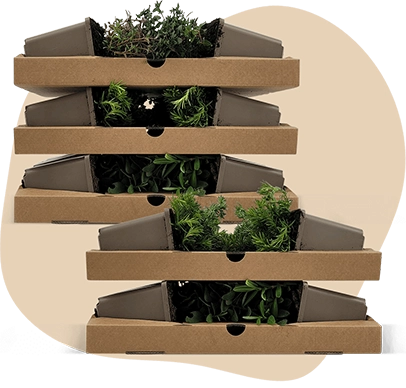Description
Cotoneaster lacteus C1,7 15-20 | Evergreen cotoneaster
The Cotoneaster lacteus, known as the evergreen cotoneaster, is a popular shrub in gardens. This plant has an upright growth habit and can reach a height of about 175 cm. The evergreen cotoneaster features glossy green leaves that are smooth to the touch. As a wintergreen plant, it retains its leaves throughout the year, making it a low-maintenance choice for gardeners. In the autumn, it produces rich red berries, adding a splash of colour to the garden. The Cotoneaster lacteus is ideal for borders or as a solitary plant, attracting birds with its vibrant berries.
Key Plant Characteristics of Cotoneaster lacteus
- Cotoneaster lacteus blooms in May and June with white flowers that are not fragrant but attract birds.
- The ideal location for Cotoneaster lacteus is in the sun or partial shade for optimal growth.
- This plant thrives in all soil types as long as the soil is well-drained.
- The bark and branches of Cotoneaster lacteus are not particularly notable, but the plant is evergreen with glossy green leaves.
Garden plants like Cotoneaster lacteus are perfect for borders or as solitary features in the garden.
Application of Cotoneaster lacteus in the Garden
- Cotoneaster lacteus is perfect for borders and as a solitary plant, adding structure and interest to any garden.
- This plant is highly winter-hardy, thriving in temperatures as low as -40°C, making it suitable for USDA zone 3.
- It combines well with other shrubs, especially those with contrasting foliage or flowering times.
- The main ornamental value of Cotoneaster lacteus lies in its glossy evergreen leaves, white spring flowers, and vibrant red berries in autumn.






















